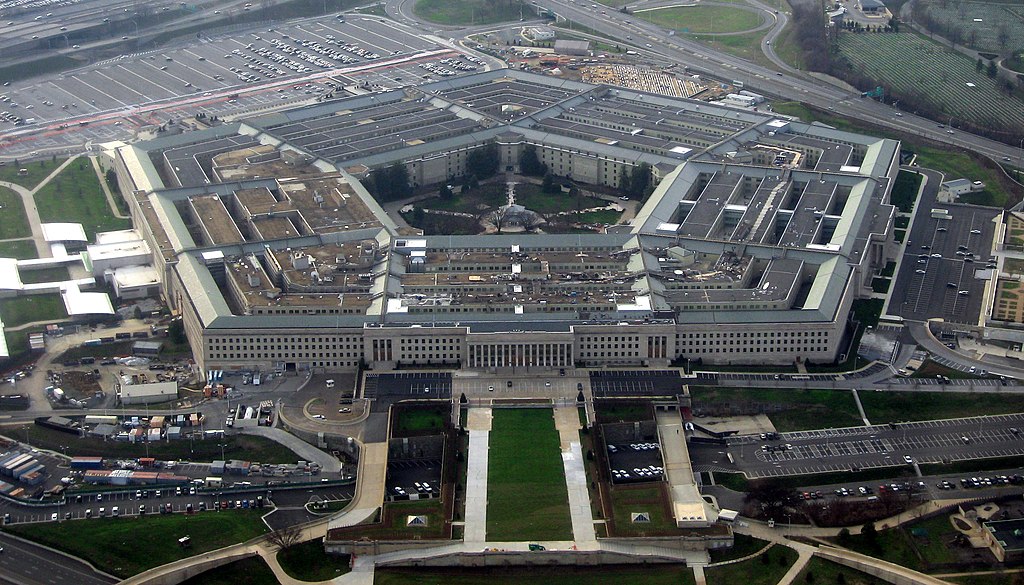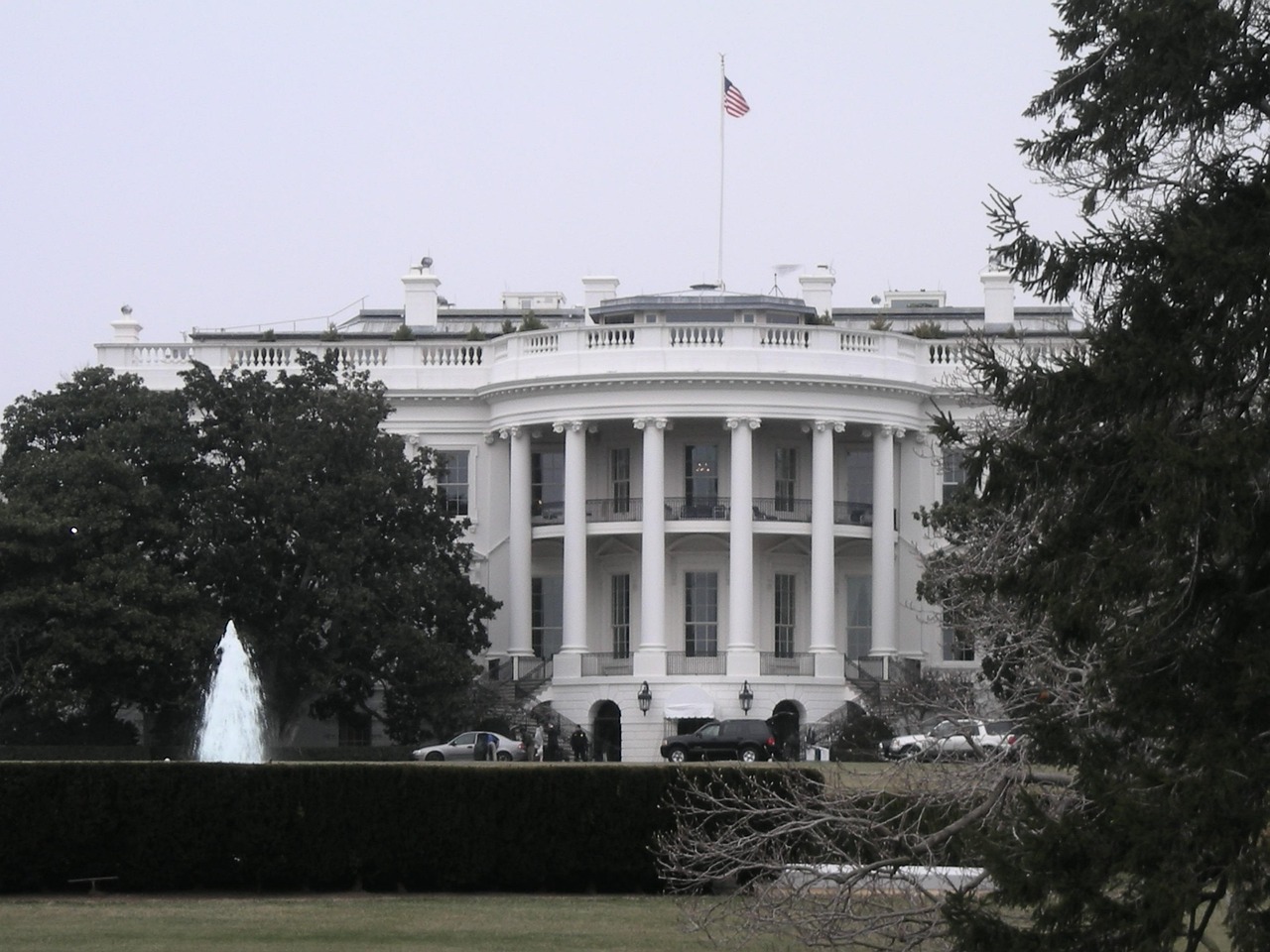Accident or attack? In what is considered a highly unusual event, two U.S. naval aircraft flying from the U.S. aircraft carrier Nimitz (CVN 68), an MH-60R Sea Hawk helicopter and an F/A-18 Super Hornet fighter, crashed within a 30-minute time span in the volatile South China Sea.
This is the fourth F/A-18 that the Navy has lost this year.
The incidents occurred amid President Trump’s tour of Asia, during which he is expected to meet a host of Asian leaders, including China’s leader, Xi Jinping, making it more suspicious and embarrassing.
The South China Sea is an extremely sensitive geopolitical region, and potential flashpoint for conflict, where China asserts ownership over much of the region, despite an international court ruling rejecting Beijing’s claims.
Over the last two decades, China has bolstered its illegal claims by constructing military installations across the sea, including artificial militarized islands on reefs, challenging U.S. efforts to ensure freedom of navigation in these international waters.
The U.S. Navy’s operations in the region are part of a broader strategy to counter China’s maritime expansion and aggression.
Fortunately, all five U.S. crew aboard the two aircraft were rescued. While the USS Nimitz is our oldest carrier, commissioned 50 years ago and on its last deployment before decommissioning next year, experts say this is unlikely to be related to the two crashes.
Upon hearing of this rare occurrence, many informed observers, and many uninformed ones, worried that the naval aircraft had both been attacked with some sort of electronic warfare (EW) or directed-energy warfare (DEW) laser attack, or cyberattack, causing them to fail and crash.
DEW, EW, or cyber warfare, could induce these crashes by disrupting flight systems subtly, including aircraft GPS, or frying electronics, especially in a contested area like the South China Sea, where advanced Chinese surveillance ships and EW aircraft operate routinely.
China likely also has the capabilities to down aircraft, either through sabotage or flaws in our avionics that they have discovered through espionage.
All are part of China’s emphasis on “grey zone” warfare.
Watch the video to see how China could have caused these crashes.
China’s People’s Liberation Army (PLA) doctrine includes targeting U.S. Navy carrier groups’ electronic vulnerabilities, potentially causing cascading failures in coordinated operations like those from the USS Nimitz.
For instance, high-power microwave (HPM) weapons, such as those unveiled in 2025, capable of disabling electronics, could disable aircraft electronics non-kinetically, while EW platforms like the J-16D are designed to create “electronic nightmares” by overwhelming U.S. defenses.
These Chinese efforts are potentially more effective in the South China Sea due to China’s A2/AD (anti-access/area denial) networks, and militarized artificial island outposts, though U.S. aircraft do have countermeasures like hardened electronics that should mitigate these threats.
If China did employ these measures, though, it would likely be detectable post-crash via telemetry analysis. Though not always. It would be most difficult to detect if the attack was cyber.
After offering to help in search and rescue efforts, a Chinese Foreign Ministry spokesman took the opportunity to criticize U.S. operations in the region, accusing Washington of carrying out regular displays of military force in the South China Sea (while ignoring its own displays), and claiming that these U.S. naval activities are increasing the risk to maritime activity and undermining regional peace.
When President Trump was asked by a reporter aboard Air Force One enroute to Japan if he knew what had happened, Trump shrugged off worries of foul play, saying:
They’re going to let me know pretty soon. I think they should be able to find out. It could be bad fuel. I mean, it’s possible it’s bad fuel. Very unusual that that would happen. We’re going to find out. Nothing to hide. We’ll find out.
Still, as Newsweek reported:
“it’s certainly unusual to have two on the same day,” said Matthew Savill, the director of military sciences at the Royal United Services Institute (RUSI), a British think tank.
It is “odd for two aircraft to go down in separate instances, so close together in time,” added Dan Rice, a former aide to Ukraine’s commander in chief and West Point graduate currently the president of American University Kyiv. The U.S. Navy is likely to be on high alert.
And as some have noted, bad fuel would likely affect more than just these two different types of aircraft. Beware, Team Trump may be trying to downplay the event to avoid sabotaging his meeting with Xi. If China were guilty, it would be an act of war.
And it may be very difficult to prove.
However, “Carrier operations are fearsomely complicated, especially on a big and busy one like the Nimitz,” Savill told Newsweek. “There are any number of small things that can go wrong which can have dangerous consequences.”
Bad or contaminated fuel onboard the Nimitz could definitely have been one thing that could have gone wrong. But so could an undetected Chinese DEW, EW, or cyberattack.
Either way, this is a costly couple of incidents, running into a couple of hundred million dollars. And it is critical to identify the cause.
The opinions expressed in this article are those of the author and do not necessarily reflect the positions of Official Trump Tracker.




